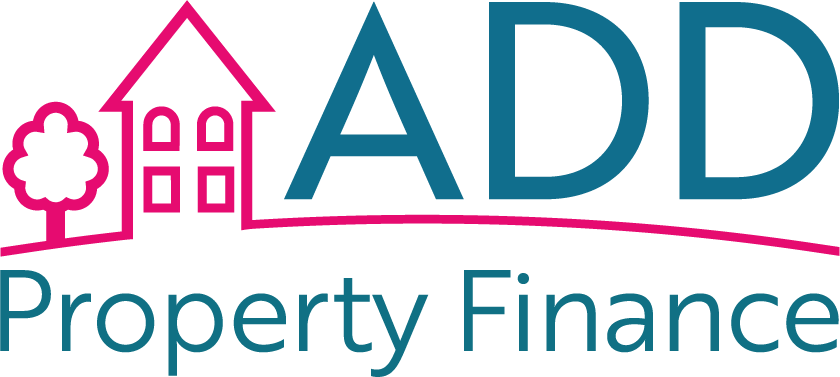Investing in property for rental income or development is a smart financial move, especially in the UK’s ever-evolving property market. Buy-to-let mortgages provide a vital avenue for investors and developers looking to grow their property portfolios or undertake renovation projects. In this comprehensive guide, we’ll explore what buy-to-let mortgages are, how they work, and how they can be maximised for property investment and development.
Understanding Buy-to-Let Mortgages
Buy-to-let mortgages are specialised loans designed for individuals and businesses interested in purchasing residential properties to rent out. They differ from traditional residential mortgages in that they consider the property’s potential rental income as the primary source of repayment.
Key Aspects of Buy-to-Let Mortgages
1. Deposit Requirements: Just like with residential mortgages, you’ll need to put down a deposit. Generally, buy-to-let deposits tend to be larger, often around 25-40% of the property’s value.
2. Rental Income Assessment: Lenders typically assess your potential rental income to ensure it covers your mortgage repayments. They might require a minimum rental income, usually around 125-145% of the mortgage interest payment.
3. Interest Rates: Interest rates for buy-to-let mortgages can vary. You can choose between fixed-rate and variable-rate options, depending on your risk tolerance and investment strategy.
4. Fees and Costs: Be prepared for arrangement fees, valuation fees, and possibly broker fees. Carefully consider these costs when calculating the profitability of your investment.
5. Portfolio Size: Some lenders may have restrictions on the number of properties you can own with buy-to-let mortgages. Others might offer more flexible terms if you have an established portfolio.
Maximising Buy-to-Let Mortgages for Investment
1. Location Analysis: Research potential rental areas diligently. Consider factors such as local amenities, transport links, and job opportunities to attract tenants.
2. Property Type: Choose the right property type for your investment strategy. Flats, houses, or HMOs (houses in multiple occupation) each have their pros and cons.
3. Diversification: Spreading your investments across different properties in various locations can help manage risk and increase potential returns.
4. Maintenance and Management: Factor in the cost of property maintenance and management. This can impact your overall returns and should be accounted for in your rental income calculations.
Buy-to-Let for Property Developers
Property developers can also benefit from buy-to-let mortgages when refurbishing or converting properties for rental purposes. These mortgages can provide the necessary capital to acquire and renovate a property before refinancing it with a traditional buy-to-let mortgage once the project is complete.
The Role of a Mortgage Adviser
Navigating the buy-to-let mortgage landscape can be complex, especially for investors and developers. Working with a mortgage adviser with expertise in property investment can be invaluable. They can help you identify the best lenders, find competitive rates, and structure your mortgage to maximise your returns.
In conclusion, buy-to-let mortgages are a powerful tool for investors and developers looking to capitalise on the UK property market’s potential. Understanding the nuances of these mortgages and tailoring your strategy to your investment goals is key to success. Whether you’re looking to build a rental property portfolio or undertake property development projects, buy-to-let mortgages offer a path to financial growth in the world of property investment.







